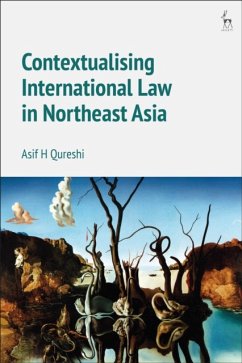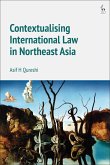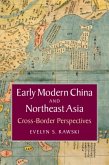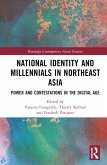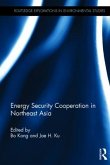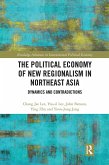Hinweis: Dieser Artikel kann nur an eine deutsche Lieferadresse ausgeliefert werden.
Part One: Theory and Fundamental Themes 1. Contextualising International
Law in the North East Asian Matrix I. Introduction II. Does Regionalism
have a Normative Basis in International Law? III. Contextualising
International Law IV. Contextualising International Law in Practice V.
Conclusions 2. Challenging Approaches to the Application of International
Law in the Historical Setting of North East Asia I. Introduction II.
Filters and Obstacles in a Historical Perspective of International Law in
NEA III. Antecedents of International Law in NEA IV. Conclusion 3. Regional
Peace and Harmonisation through the Rule of International Law in the
Domestic Legal Systems in North East Asia I. Introduction II. Theory III.
Practice IV. Conclusion Part Two: International Law in North East Asia:
Generally 4. The Pursuit of Justice in the Historically Charged North East
Asia I. Introduction II. The Law of the Sea and NEA Island Disputes III.
Human Rights and Comfort Women IV. Denuclearisation in the Korean Peninsula
V. Approaches to Resolving Historical Conflicts in a Regional Setting Part
Three: Foreign Economic Relations 5. International Legal Aspects of
'Monetary' Relations in North East Asia I. Introduction II. Is there a
Rationale for a Regional NEA Focus? III. Is there a Financial and Normative
Framework for the Management of Regional Monetary Relations? IV. What is
the Ethical Discourse on Monetary Relations? V. Instilling Disciplines in
Transmission Channels VI. Conclusion 6. International Legal Aspects of Free
Trade Agreements in North East Asia I. Introduction II. Comparative
National FTA Strategies and the Legal Framework in NEA III. Towards a
Regional FTA? IV. The International Legal Framework V. Some Reflections on
Policy Considerations VI. Conclusions Part Four: Conclusions Conclusions

